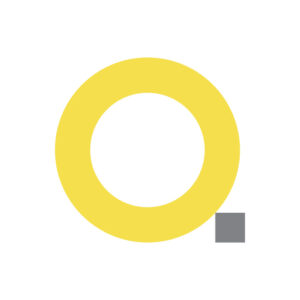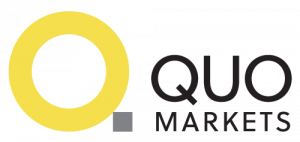Over the long term, diversification is the best way to get a good investment return. Why do you need to do this? And how do you go about it? Gilles Coens, Senior Product Manager at MeDirect, gives us his five golden rules.
Because of the low-interest rates, savings accounts hardly earn any money. The actual return may be negative if you deduct inflation from the interest rate. It is, therefore, not surprising that Belgians invest about 20% of their assets in funds; this allows them to enjoy an often attractive return without taking too much risk.
- Set aside a savings reserve
A savings reserve should be part of every portfolio. “You should have the equivalent of three to six months’ salary,” says Gilles Coens, Senior Product Manager at MeDirect. “In the event of a problem. Such as the loss of a job, an illness, or a drop in income, you should be able to cover the extra costs with this reserve. It would be a shame if you had to sell some of your securities due to lack of liquidity and at potentially unfavorable prices.”
“Put this money in saving accounts that pay more than traditional savings accounts. With the amount that exceeds your reserve, you can invest in hopes of earning better returns.”
- Diversify your investments via funds
“Putting all your eggs in one basket, i.e., investing all your assets in one-star stock or one seemingly ‘fantastic’ idea, is not a good idea,” warns Gilles Coens.
“Since funds spread their assets over other securities according to their investment policy, they offer a high level of diversification. You spread your risk even further by combining funds that invest in different asset classes. And you get a diversified portfolio where some asset classes will move up while others move down. A mixed or multi-asset fund can be a solution for investors who don’t want to invest in several funds. Today, they are among the most popular funds in Belgium.”
- Choose a professional manager
“If you want to build up a well-diversified portfolio, ask yourself if you have enough time and knowledge, the right mindset to select stocks, funds, and bonds, the know-how to perform the analyses, and the tools to inform yourself sufficiently,” Gilles Coens continues. “If we want to be honest, the answer is often ‘no.'”
“Fund managers are professionals with the necessary means, know-how, and personnel. They make their decisions based on the work of a team of analysts who each closely follow several stocks. The money entrusted to them is invested, depending on the type of fund, in shares, bonds, other financial products, or a combination of products. And it does so with a predetermined objective: to outperform a benchmark while lowering risk and staying within certain limits, for example.”
- Aim for the long term
“Investing in the stock market is not without risk. Among the basics is that any potentially higher return involves risk. Returns are not guaranteed, and capital invested can be lost. If the markets fluctuate, they always move positively on average. Over the long term, a portfolio of stocks and bonds will yield more than cash or a savings account. “Investing in funds is the opposite of speculating,” says Gilles Coens.
“To profit from this long-term trend, you need to be able to “play it safe” when things go wrong in the stock market. And this can only be successful if your investment horizon extends beyond one stock market cycle. Eight years is considered a minimum investment horizon.”
- Keep costs down
“If professionals manage an investment fund, they are compensated through management fees. These fees vary from fund to fund and are often higher for equity funds than bond funds. In addition, managers must communicate clearly to the investor before deciding and deducting from the value of the fund, which is not debited from your account. These fees are the same regardless of which institution sells the fund.”
“On the other hand, you can limit entry and exit fees. MeDirect does not charge entry or exit fees, except for a limited number of funds where the company is contractually obliged to charge them. At most banks, the entrance fee can be as high as 3% of the amount invested. If you pay 3% on an investment of 100 euros, you need to earn a return of at least 3.1% to cover this “loss.”



